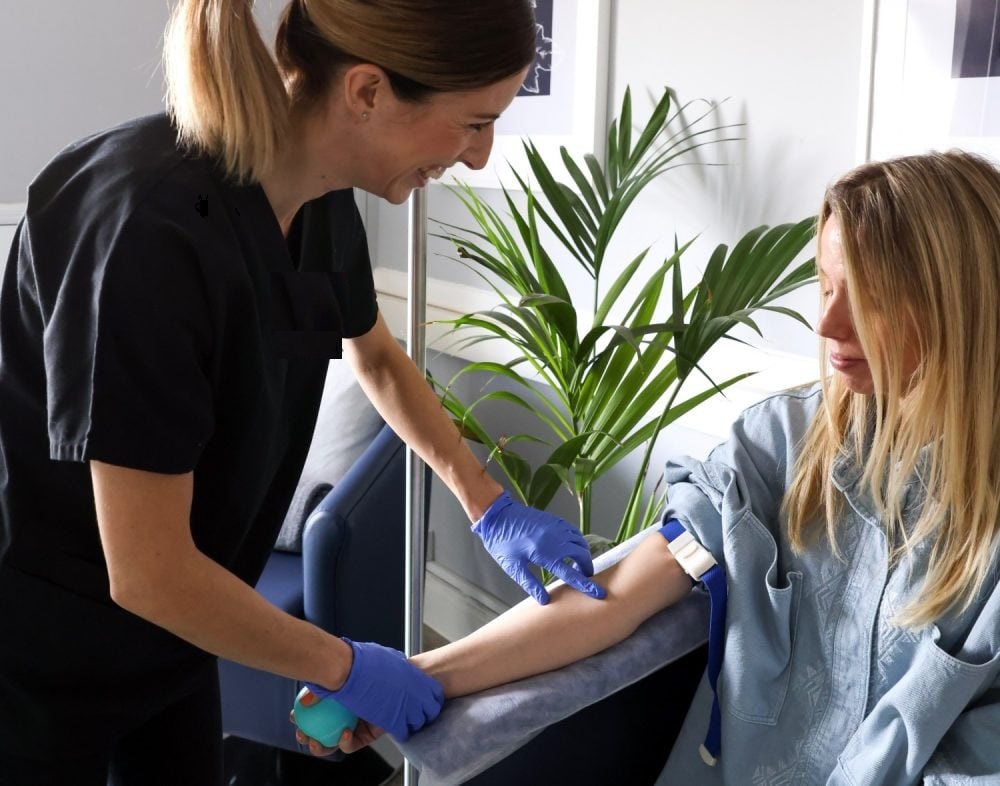In recent years, the demand for at-home health care services has surged, driven by a desire for convenience and personalized care. One such service that has gained popularity is IV drip therapy. This treatment, traditionally administered in hospitals or clinics, is now available in the comfort of one’s home. This article will explore the benefits, types, process, and considerations of receiving an IV Drip at Home.
Understanding IV Drip Therapy
IV drip therapy involves administering fluids, vitamins, and medications directly into the bloodstream via a catheter. This method allows for rapid absorption and can be used for various purposes, including hydration, nutrient replenishment, and symptom management for several health conditions.
The Science Behind IV Therapy
When fluids or nutrients are delivered intravenously, they bypass the digestive system, which can often limit the effectiveness of oral supplements. This means that the body can receive higher concentrations of essential vitamins and minerals more quickly, providing immediate benefits.
Common Uses of IV Drip Therapy
IV drip therapy can be beneficial for various reasons:
- Dehydration Relief: Individuals experiencing dehydration due to illness, exercise, or hot weather can quickly replenish lost fluids and electrolytes.
- Nutrient Deficiency: Those with nutrient deficiencies may benefit from customized blends of vitamins and minerals tailored to their specific needs.
- Boosting Energy Levels: Many people opt for IV therapy to combat fatigue and enhance their energy levels, particularly after intense physical activity.
- Immune Support: IV drips can help support the immune system, especially during cold and flu season.
- Recovery from Illness: After surgery or illness, IV therapy can aid in recovery by providing essential nutrients and hydration.
The Advantages of Home IV Therapy
Receiving IV drip therapy at home offers numerous advantages that enhance the overall experience and efficacy of treatment.
Convenience and Comfort
One of the most significant benefits of home IV drip therapy is the convenience it provides. Patients can receive treatment in the comfort of their homes without the need to travel to a clinic or hospital. This is especially beneficial for those with mobility issues, busy schedules, or anxiety about medical settings.
Personalized Treatment
Home IV drip services often provide personalized treatment plans based on individual health needs. This customization can include selecting specific vitamins and minerals to be included in the drip, ensuring that patients receive the most effective treatment for their conditions.
Reduced Risk of Infection
In a controlled home environment, the risk of hospital-acquired infections is significantly reduced. By minimizing exposure to a clinical setting, patients can feel more secure while receiving treatment. Additionally, reputable home health providers follow strict hygiene protocols to ensure safety during the IV administration process.
Professional Administration
Home IV therapy is typically administered by trained healthcare professionals, such as registered nurses or paramedics. These professionals ensure that the procedure is conducted safely and effectively, monitoring the patient’s condition throughout the process.
The Process of Receiving IV Drip Therapy at Home
Understanding the process of home IV drip therapy can help alleviate any concerns potential patients may have.
Initial Consultation
The first step typically involves a consultation with a healthcare provider. During this appointment, the provider will assess the patient’s medical history, discuss symptoms, and determine the appropriate IV drip formulation.
Scheduling the Treatment
Once the treatment plan is established, a suitable date and time can be scheduled for the IV therapy session. Many services offer flexible scheduling to accommodate patients’ needs.
The Treatment Session
On the day of treatment, a healthcare professional will arrive at the patient's home with all necessary equipment. The IV drip will be set up, and a catheter will be inserted into a vein, usually in the arm. The infusion process typically lasts between 30 minutes to a few hours, depending on the specific treatment plan.
Post-Treatment Care
After the IV drip is complete, the healthcare professional will remove the catheter and provide aftercare instructions. Patients may feel immediate effects, such as increased energy or improved hydration. It’s important to stay hydrated and follow any dietary recommendations provided by the healthcare team.
Considerations Before Opting for IV Drip Therapy
While IV drip therapy at home is beneficial for many, there are certain considerations to keep in mind.
Medical History and Conditions
Individuals with certain medical conditions, such as heart disease or kidney problems, should consult their healthcare provider before starting IV therapy. A comprehensive medical evaluation is crucial to determine whether this treatment is appropriate.
Choosing a Reputable Provider
Selecting a reputable home health care provider is essential for ensuring safety and effectiveness. Look for companies with qualified healthcare professionals and positive reviews from past patients. Verify that the provider adheres to all safety and hygiene standards.
Cost and Insurance Coverage
The cost of home IV drip therapy can vary significantly depending on the type of treatment and provider. It’s advisable to check with insurance companies to see if any part of the treatment is covered. Some providers may also offer payment plans or package deals for multiple sessions.
Potential Side Effects
Although IV therapy is generally safe, there are potential side effects to be aware of. These may include minor discomfort at the insertion site, allergic reactions to the components of the drip, or complications related to improper insertion. Patients should discuss these risks with their healthcare provider prior to treatment.
Conclusion
IV drip therapy at home offers a convenient, personalized, and effective way to enhance hydration, boost energy levels, and support overall health. With professional administration and the ability to customize treatments, patients can benefit from this innovative approach to health care. However, it is crucial to consult with a healthcare provider and choose a reputable service to ensure safety and effectiveness. As more people discover the advantages of receiving medical care in the comfort of their own homes, IV drip therapy is likely to become an increasingly popular option for those seeking to optimize their health and well-being.




.jpg)

Comments